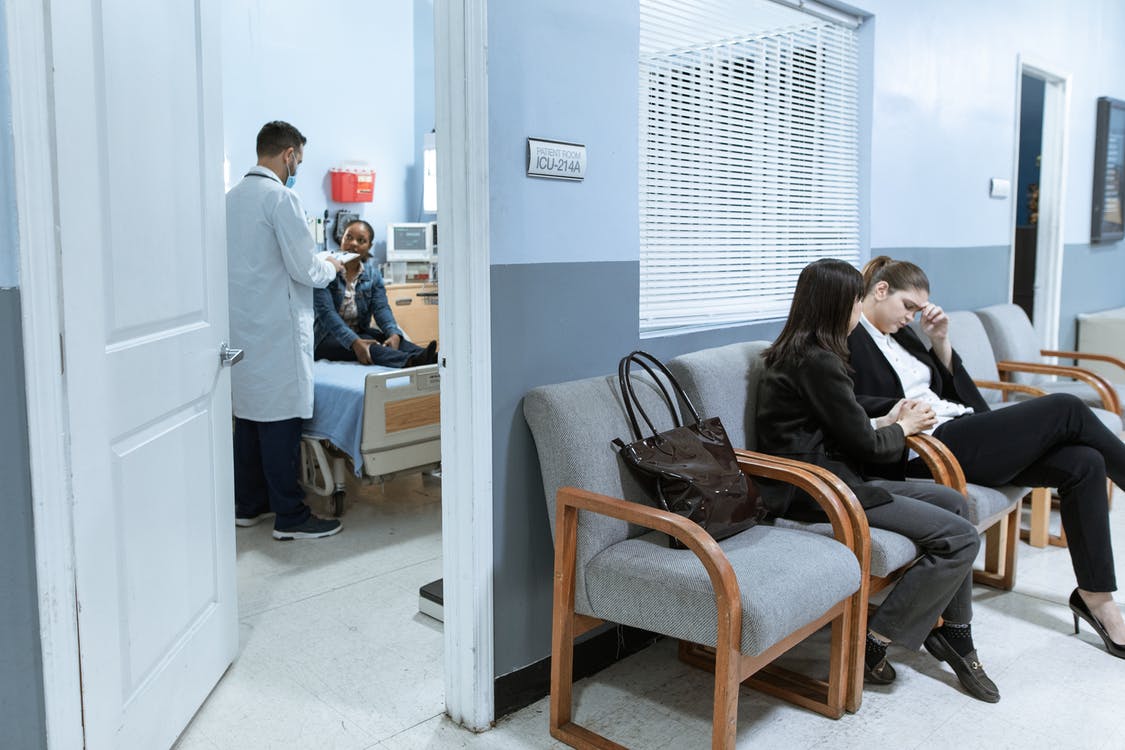In the end, supporting employees after a workplace accident involves more than just meeting legal obligations.
In the modern workplace, safety is essential to improve productivity, comply with regulations, and reduce costs. As such, many companies invest significant resources into safeguarding their workers, implementing rigorous safety protocols, and providing regular training. However, accidents can still happen. When they do, it’s not just about meeting legal requirements and preventing future incidents simultaneously. The way a company responds can have a lasting impact on the morale, productivity, and overall mental health of the entire workforce.
This article delves into effective strategies employers can employ to support employees after a workplace accident. Read on to learn more.
- Understand Your Employees’ Immediate Medical Needs
First and foremost, your company’s response should center on the immediate medical needs of the injured employees. You’re typically responsible for providing immediate medical attention, either through an on-site medical facility or by arranging transport to the nearest hospital.
Depending on the nature of the injury, as determined by a healthcare professional, your employees might require various specialists. For example, in cases involving head or spinal injury caused by a workplace accident, consultation with a workers compensation neurologist could be essential. They’re highly trained professionals adept at diagnosing, treating, and managing neurological conditions related to workplace injuries. These injuries can range from mild to severe and can affect the brain, spinal cord, or peripheral nerves.
Therefore, if you have an injured worker at work who is experiencing neurological symptoms, securing a specialist becomes even more crucial. One of the key specialists to consider is a neurologist who accepts workers’ compensation.
- Maintain Regular Communication
Post-accident communication plays a pivotal role in relieving the anxieties and fears that can naturally arise in these situations. An accident can make an employee feel isolated and uncertain about their future.
Therefore, regular check-ins from supervisors or human resources personnel can help alleviate these feelings. These key figures should be considerate and tactful in communicating with the injured employee, especially when providing reassurances about job security, discussing the progress of their recovery, and offering any necessary updates about work.
- Support The Employee’s Return To Work
One of the best ways to support your employee after a workplace accident is ensuring a smooth transition when the time comes for them to return to work. Return-to-work plans must be individualized, considering their recovery progress, current abilities, and the recommendations of their healthcare providers. Modifications may also need to be made to their workstation, work schedule, or duties to accommodate any temporary or permanent disability.
Physical injuries aren’t the only consequence of workplace accidents. Mental and emotional trauma can often accompany these incidents. It’s crucial that you recognize this and provide appropriate mental health support. For instance, you can offer assistance in the form of counseling services and mental health resources, including some stress management initiatives.
- Address Concerns Of Other Employees
A workplace accident can have a profound impact on the rest of the workforce, causing feelings of distress and fear. You must take steps to address these concerns, reassuring your workers that measures are being taken to prevent similar incidents. For instance, regular updates about the affected employee’s condition and recovery, respecting their privacy, can reassure the workforce. Additionally, you can re-emphasize safety training and implement any necessary changes to safety protocols to help restore their confidence in their work environment.
- Offer Long-term Care And Accommodation
Depending on the severity of the injury, the employee may need long-term care and support. You should work closely with healthcare providers to understand the extent of the injury and the necessary accommodations for them. This might involve restructuring their role, altering work schedules, and investing in specialized equipment, if needed.
- Address Legal And Financial Considerations
Following a workplace accident, there are several legal and financial considerations that you need to address. For instance, it’s essential to comply with all reporting requirements under the Occupational Safety and Health Act and any relevant state laws. Additionally, you must work with your workers’ compensation insurance provider to ensure the employee receives their entitled benefits without any hassle.
- Provide A Supportive Company Culture
A company’s culture can significantly impact how employees recover from a workplace accident. If you have a supportive company culture that values each employee, prioritizes their wellbeing, and actively involves them in workplace activities during their recovery, you can make them feel valued and secure.
Final Thoughts
In the end, supporting employees after a workplace accident involves more than just meeting legal obligations. By keeping the information mentioned above in mind, you can develop a compassionate, comprehensive approach to supporting them that addresses both physical and psychological needs while fostering a supportive company culture. Doing so can help them recover more quickly, alleviate the fears of the rest of the workforce, and ultimately, contribute to a safer, more productive workplace.



Join the conversation!